Mole Mayhem: 7 Irresistible Ways to Spice up Your Life with Mexican Cocoa Sauce!
Let’s be real—chocolate isn’t just for dessert. Especially when it comes to the rich, complex world of Mexican cocoa sauce. Known as the heart of mole, this magical blend is a celebration in a bottle. From ancient Aztec rituals to modern kitchen counters, this sauce has traveled through time and across continents, evolving into a culinary treasure that brings depth, warmth, and a hint of spice to any dish.
In this article, we’ll dive deep into the history, flavors, and versatility of Mexican cocoa sauce, while also giving you practical tips on how to cook with it like a pro. Plus, we’ve got a killer buying guide to help you pick the perfect bottle (or three) for your pantry!
Table of Contents
- The Origins of Mexican Cocoa Sauce
- What Makes Mexican Cocoa Sauce So Unique?
- Top 7 Practical Tips for Cooking with Mexican Cocoa Sauce
- Buying Guide: Choosing the Best Mexican Cocoa Sauce
- Simple & Sensational Recipes Using Mole
- Wine & Flavor Pairings for Mexican Cocoa Sauce Dishes
- Mexican Cocoa Sauce Around the World
- Final Thoughts: Embrace the Magic of Mole
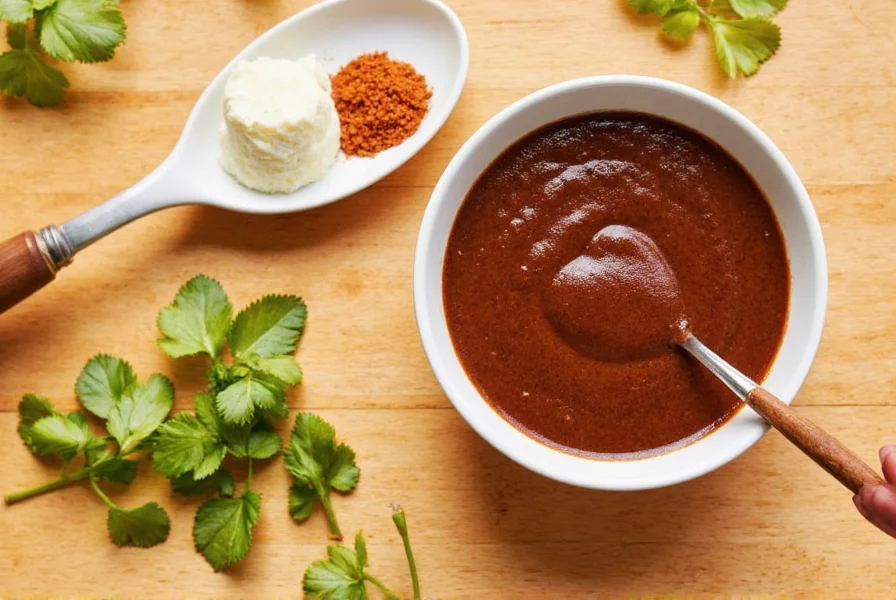
The Origins of Mexican Cocoa Sauce
Mexican cocoa sauce, more commonly known as mole, has roots that stretch back to pre-Hispanic times. Long before Europeans arrived, the Aztecs were using cacao beans not only as currency but also as a sacred ingredient in their cooking and religious ceremonies.
Legend has it that mole was accidentally invented by nuns who needed to impress visiting dignitaries. They threw together what they had—chocolate, chili peppers, spices, nuts, and bread—and created something so divine that it became a symbol of national pride.
Today, mole exists in many regional varieties across Mexico. Each state, and even each family, has its own secret recipe, passed down through generations. Whether it’s Oaxaca’s famous mole negro or Puebla’s celebrated mole poblano, the foundation remains the same: chocolate and spice in perfect harmony.

What Makes Mexican Cocoa Sauce So Unique?
Unlike regular chocolate sauces or sweet syrups, Mexican cocoa sauce (mole) is a savory-spicy-chocolatey masterpiece. It’s made by blending dried chilies, toasted spices, nuts, seeds, and bitter cocoa or actual chocolate. The result? A sauce that's earthy, smoky, slightly sweet, and full of umami.
Here's a quick breakdown of typical ingredients found in traditional mole:
| Ingredient | Flavor Profile | Function |
|---|---|---|
| Ancho Chili | Earthy, fruity, mild heat | Bases the sauce with sweetness and body |
| Pasilla Chili | Smoky, grassy, medium heat | Adds depth and subtle bitterness |
| Cinnamon | Warm, sweet-spice | Enhances complexity and ties flavors together |
| Cumin | Earthy, nutty, bold | Adds Mediterranean influence and sharpness |
| Garlic | Pungent, savory | Provides an aromatic backbone |
| Tomatoes | Acidic, sweet, rich | Builds body and balances sweetness |
| Chocolate | Bitter, sweet, creamy | Gives smooth texture and rounds out spiciness |
| Almonds or Walnuts | Nutty, buttery | Thickens and adds richness |
| Day-Old Bread | Mild, starchy | Used to thicken the sauce naturally |
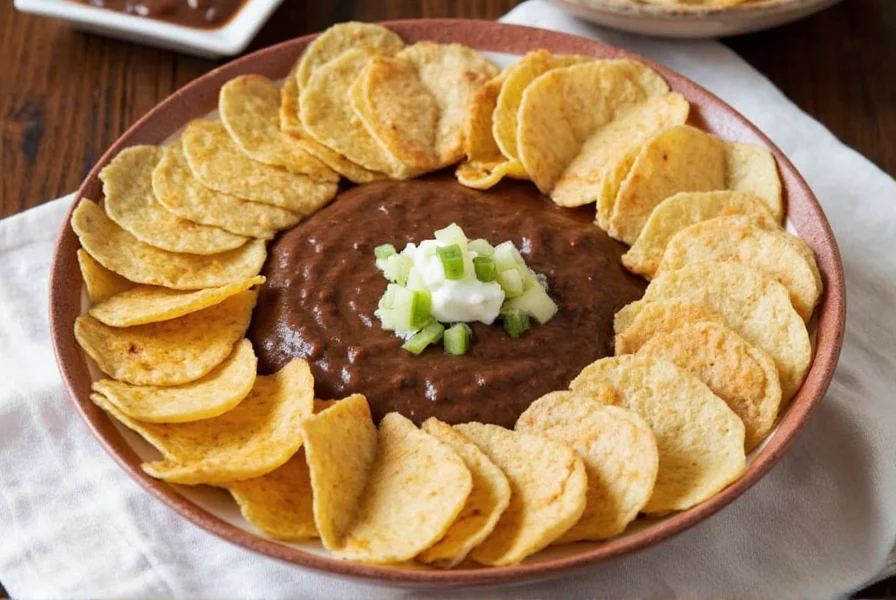
Top 7 Practical Tips for Cooking with Mexican Cocoa Sauce
Cooking with mole can feel intimidating at first, but once you get the hang of it, you’ll wonder why you ever settled for plain old sauces. Here are seven easy-to-follow tips that will turn you into a mole master:
- Start with store-bought mole paste or sauce: If you’re new to the game, skip hours of prep work and grab a quality pre-made mole from reputable brands. Look for products with minimal additives and preservatives.
- Dilute it correctly: Most mole pastes are concentrated and need to be diluted with broth or water. Use about 1 cup of liquid per ¼ cup of mole paste and simmer gently until it thickens.
- Simmer slowly: Letting mole simmer over low heat for 20–30 minutes helps the flavors meld together beautifully. Stir occasionally to prevent burning.
- Season with salt and a splash of vinegar: Taste after diluting and adjust seasoning. A little vinegar or lime juice can brighten up the flavor profile.
- Pair with neutral-flavored proteins: Chicken, turkey, pork, or tofu are ideal canvases for mole’s complex flavors. Don’t overwhelm it with too much spice or marinade.
- Use it creatively beyond tacos: Try it as a drizzle over roasted vegetables, stirred into scrambled eggs, or even blended into mac & cheese for a spicy twist.
- Store leftovers properly: Refrigerate in an airtight container for up to a week or freeze in portions for longer storage. Mole often tastes better the next day!

Buying Guide: Choosing the Best Mexican Cocoa Sauce
With so many brands flooding the market, choosing the right Mexican cocoa sauce can feel overwhelming. To help you navigate the options, here’s a detailed buying guide based on flavor, quality, and versatility:
| Brand | Type | Flavor Profile | Best For | Special Features |
|---|---|---|---|---|
| Dona Maria | Ready-to-use mole | Rich, chocolate-forward, slightly sweet | Tacos, enchiladas, tamales | No artificial colors, gluten-free |
| La Costeña | Ready-to-use mole | Robust, balanced, mildly spicy | Home cooks looking for convenience | Smooth texture, no added preservatives |
| El Mexicano | Paste | Deeply savory, slightly bitter | Chefs and foodies wanting control | Thicker consistency, requires dilution |
| La Flor de Izucar | Paste | Sweet, fragrant, with hints of sesame | Traditional dishes, especially turkey | Authentic family recipe |
| Fresh Mole from Local Market | Freshly ground | Variable, depends on region | Food adventurers and purists | Supports local artisans, fresher flavor |
When shopping for Mexican cocoa sauce:
- Look for natural ingredients—no weird preservatives or artificial colors.
- Check if it’s vegan-friendly if that’s important to you.
- Choose between paste or ready-to-use based on your time and experience level.
- Opt for small-batch or artisanal versions for a richer flavor profile.
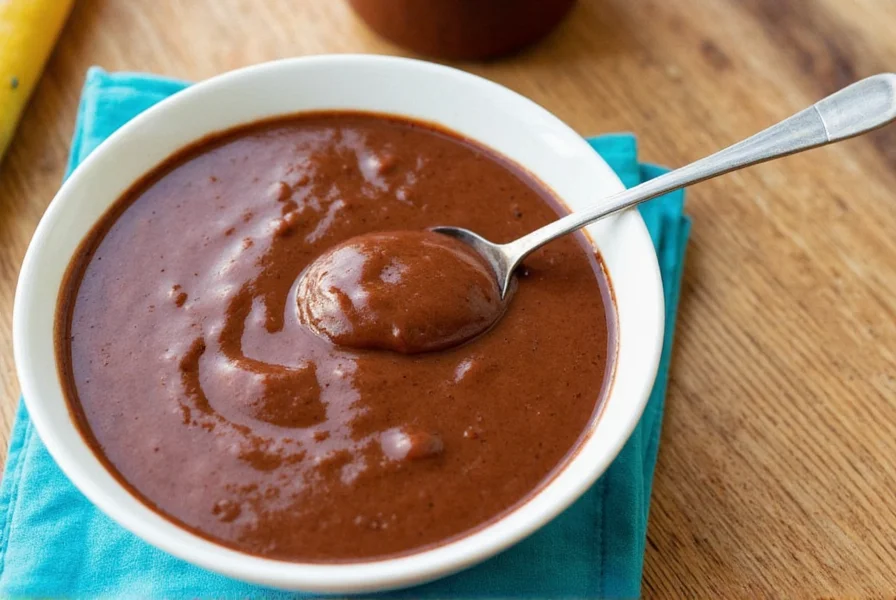
Simple & Sensational Recipes Using Mole
If you're ready to put your mole knowledge to good use, here are a few beginner-friendly recipes that pack a punch:
1. Mole Enchiladas
- Ingredients: Tortillas, cooked shredded chicken, mole sauce, queso fresco
- Instructions: Fill tortillas with chicken, roll them up, place in a baking dish, pour mole over top, add cheese, and bake until bubbly.
2. Mole Chicken Tacos
- Ingredients: Shredded chicken, warm tortillas, mole sauce, diced onion, cilantro
- Instructions: Simmer chicken in mole sauce until tender, then serve in soft tacos with toppings of choice.
3. Mole Mac & Cheese
- Ingredients: Cooked pasta, béchamel, mole sauce, grated cheddar
- Instructions: Mix mole into béchamel, stir into pasta, top with cheese, and bake until golden.
4. Mole Drizzle Over Roasted Veggies
- Ingredients: Roasted squash, sweet potatoes, carrots
- Instructions: Simply drizzle warmed mole sauce over your favorite roasted veggies for a unique side dish.
5. Mole Smoothie Bowl (Yes, Really!)
- Ingredients: Frozen banana, almond milk, mole paste, oats, toppings
- Instructions: Blend banana, almond milk, and a spoonful of mole paste. Pour into a bowl and top with granola, nuts, and berries for a spiced-up breakfast treat.

Wine & Flavor Pairings for Mexican Cocoa Sauce Dishes
The complexity of mole calls for equally nuanced pairings. Here’s a quick guide to elevate your dining experience:
| Dish | Wine Pairing | Non-Alcoholic Alternative |
|---|---|---|
| Mole Chicken Tacos | Tempranillo or Zinfandel | Chilled horchata |
| Mole Enchiladas | Malbec or Merlot | Lime-infused agua de jamaica |
| Mole Drizzled Vegetables | Pinot Noir or Garnacha | Iced ginger tea |
| Mole Mac & Cheese | Shiraz or Cabernet Sauvignon | Sparkling apple cider |
| Mole Smoothie Bowl | Light rosé or Moscato | Fruit smoothie with cinnamon |

Mexican Cocoa Sauce Around the World
As global palates become more adventurous, Mexican cocoa sauce has crossed borders and entered kitchens worldwide. In Japan, chefs incorporate mole into ramen broths for an unexpected depth. In Italy, mole-inspired pasta sauces have appeared in gourmet restaurants. And in the U.S., food trucks proudly offer “mole wings” and “mole burgers” that fuse cultures with creativity.
International food festivals now feature mole tasting stations where visitors can sample different regional varieties side-by-side. Whether you’re sipping mole-laced hot chocolate in France or eating mole burritos in Berlin, the global love affair with this sauce continues to grow.
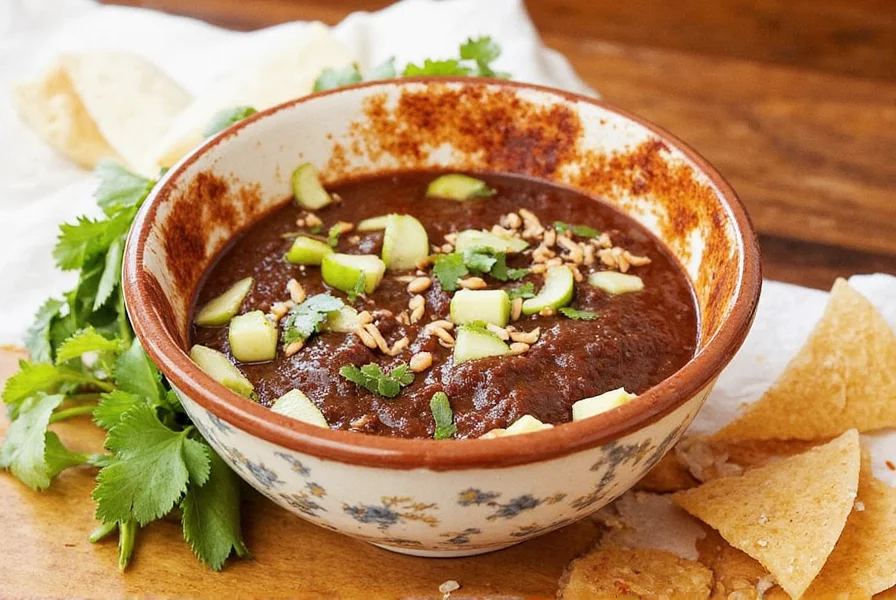
Final Thoughts: Embrace the Magic of Mole
Mexican cocoa sauce—aka mole—is more than just a sauce. It’s a culinary tradition, a cultural legacy, and a flavor bomb waiting to explode in your kitchen. Whether you buy it or make it yourself, mole deserves a permanent spot in your pantry.
So go ahead, embrace the mole mayhem. Experiment with different brands, play with new recipes, and let your taste buds dance to the rhythm of spice and chocolate. Because life’s too short for boring sauces!


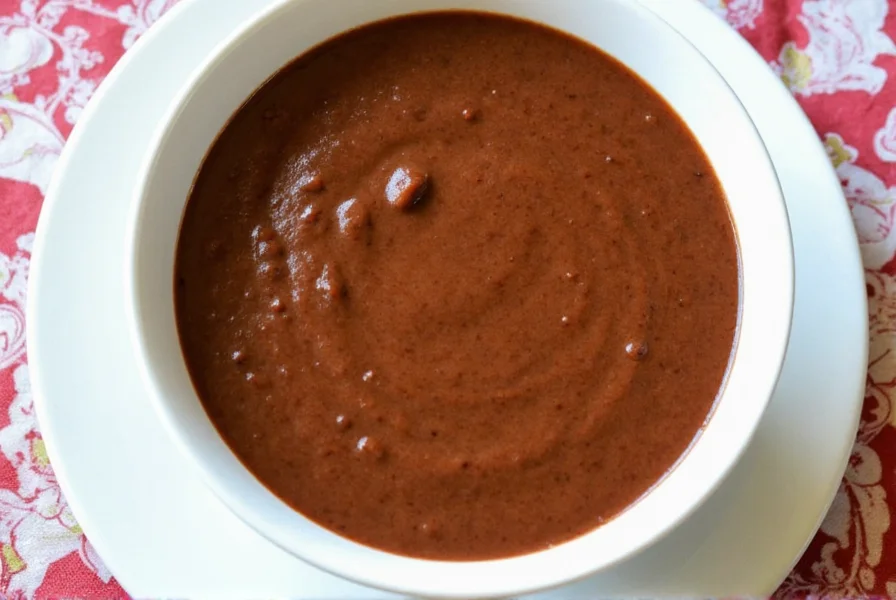









 浙公网安备
33010002000092号
浙公网安备
33010002000092号 浙B2-20120091-4
浙B2-20120091-4